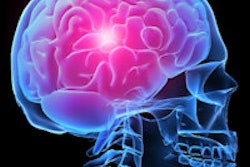Medical technology, including some imaging procedures, has a positive benefit that counteracts the economic impact of disease -- to the tune of $23 billion per year, according to a new report published by the Milken Institute.
For the report, titled "Healthy Savings: Medical Technology and the Economic Burden of Disease," Milken researchers examined innovations for four common causes of disability and death: heart disease, diabetes, colorectal cancer, and musculoskeletal disease. The report considered devices and procedures that are widely used and have substantially affected the lives of patients as well as the overall U.S. economy, including angioplasty, insulin infusion pumps, colonoscopies, and joint replacement surgery.
Imaging was included among medical technologies that were expensive but which offered substantial economic benefits between 2008 and 2010:
- Angioplasty, in combination with electrocardiograms, echocardiograms, chest x-rays, and pacemakers, saved $1,930 per person affected annually compared to patients who did not receive the technology, according to the Milken Institute. Increased incentives to encourage technology innovation and expand use would lead to long-term savings of $809 billion.
- Joint replacement, in conjunction with MRI screening, saved $24,518 annually among users and caregivers. Increasing the incentives for innovation in musculoskeletal disease technology would save $281.1 billion.
- Colonoscopy and sigmoidoscopy led to an average annual savings per person affected of $97,302 compared to unscreened patients, according to the institute. Screening that prevented colorectal cancer saved an additional $53,063 per case. Aggregate savings associated with innovation in this field would amount to $178.2 billion due to improved detection and prevention.



















